 Please visit our website, www.garethstevens.com. For a free color catalog of all our high-quality books, call toll free 1-800-542-2595 or fax 1-877-542-2596.Library of Congress Cataloging-in-Publication Data McAneney, Caitie. 20 fun facts about Native American women / Caitie McAneney. pages cm (Fun Fact File: Women in History.) Includes bibliographical references and index. ISBN 978-1-4824-2808-7 (pbk.) ISBN 978-1-4824-2809-4 (6 pack) ISBN 978-1-4824-2810-0 (library binding) 1. I. Title. Title.
Please visit our website, www.garethstevens.com. For a free color catalog of all our high-quality books, call toll free 1-800-542-2595 or fax 1-877-542-2596.Library of Congress Cataloging-in-Publication Data McAneney, Caitie. 20 fun facts about Native American women / Caitie McAneney. pages cm (Fun Fact File: Women in History.) Includes bibliographical references and index. ISBN 978-1-4824-2808-7 (pbk.) ISBN 978-1-4824-2809-4 (6 pack) ISBN 978-1-4824-2810-0 (library binding) 1. I. Title. Title.
E98.W8M33 2015 305.48897dc23 2015006055 First Edition Published in 2016 by Gareth Stevens Publishing 111 East 14th Street, Suite 349 New York, NY 10003 Copyright 2016 Gareth Stevens Publishing Designer: Samantha DeMartin Editor: Kristen Rajczak Photo credits: Cover, p. 1 Culture Club/Hulton Archive/Getty Images; p. 5 Jerome Pollos/Getty Images News/ Getty Images; pp. 6, 29 Marilyn Angel Wynn/Nativestock/Getty Images; p. 7 Archive Photos/Archive Photos/ Getty Images; p. 9 Harvey Meston/Archive Photos/Getty Images; p. 9 (Chilkat robe) Mary Ebbetts Hunt/Wikimedia Commons; p. 10 (Iroquois) Frank A. 10 (Iroquois) Frank A.
Rinehart/Wikimedia Commons; p. 10 (Hopi) Charles C. Pierce/Wikimedia Commons; p. 10 (Inuit) Topical Press Agency/Hulton Archive/Getty Images; p. 10 (Cherokee) Popperfoto/Popperfoto/Getty Images ,pp. 10 (Tlingit), 12 Buyenlarge/Archive Photos/Getty Images; p. 13 Ted Russell/ The LIFE Picture Collection/Getty Images; p. 14 Google Cultural Institute/Wikimedia Commons; p. 16 MPI/ Archive Photos/Getty Images; p. 17 Kean Collection/Archive Photos/Getty Images; p. 19 otterlove/Creative Commons/Flickr.com; p. 20 Leemage/Universal Images Group/Getty Images; p. 21 Charles Marion Russell/Wikimedia Commons; p. 22 Joelwnelson/Wikimedia Commons; p. 23 courtesy of Arizona State University; p. 24 PETER PARKS/AFP/Getty Images; p. 25 Darren McCollester/Hulton Archive/Getty Images; p. 26 PAUL J. 26 PAUL J.
RICHARDS/AFP/Getty Images. All rights reserved. No part of this book may be reproduced in any form without permission in writing from the publisher, except by a reviewer. Printed in the United States of America CPSIA compliance information: Batch #CS15GS: For further information contact Gareth Stevens, New York, New York at 1-800-542-2595. ContentsPowerful Women Throughout history, Native American women have proved their strength and power. They played important roles in their tribes.
While you might think they were mostly homemakers, their jobs and skills went far beyond that! A womans role depended on her tribe. In many tribes, women were honored for their talents. They did hard work, took care of their families, and could even be leaders of their clan! Some Native American women have made history for their accomplishments as brave leaders and groundbreakers. 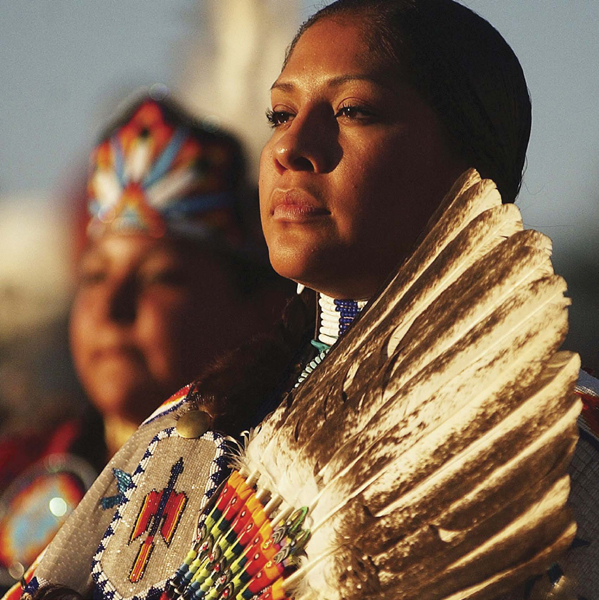 Most Native American women dont live like they used to. However, they keep their culture, or way of life, alive by practicing their traditions.Traditional Roles FACT 1 Native American women built their own homes.
Most Native American women dont live like they used to. However, they keep their culture, or way of life, alive by practicing their traditions.Traditional Roles FACT 1 Native American women built their own homes. 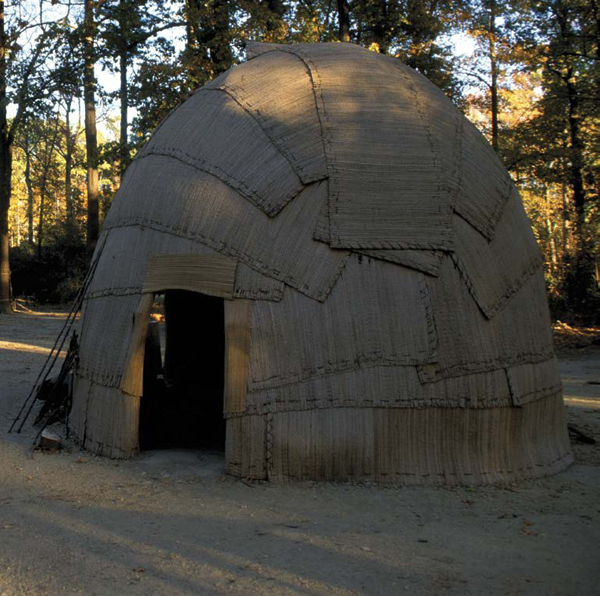 This dwelling with an arched roof was built to look like a Powhatan yehakin. Women of the Powhatan tribe were in charge of building houses called yehakins.
This dwelling with an arched roof was built to look like a Powhatan yehakin. Women of the Powhatan tribe were in charge of building houses called yehakins.
They gathered saplings, or young trees, to make the frame and covered them in mats and bark. They also collected firewood for their new home. FACT 2 Women of the Great Plains went on buffalo hunts. 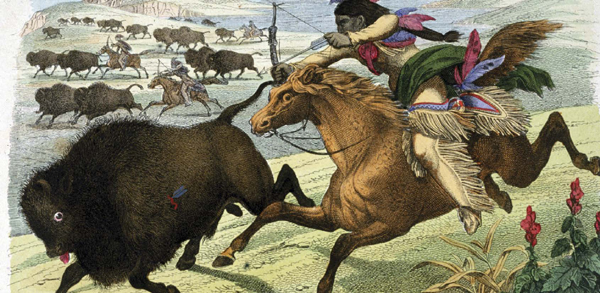 Great Plains tribes relied on buffalo for food, clothes, shelter, and tools. As the men of the tribe hunted and killed buffalo for food and clothing, the women helped set up tepees and tear apart the meat of the buffalo. They sometimes carried the meat back to their village, too. FACT 3 Not all medicine men were men.
Great Plains tribes relied on buffalo for food, clothes, shelter, and tools. As the men of the tribe hunted and killed buffalo for food and clothing, the women helped set up tepees and tear apart the meat of the buffalo. They sometimes carried the meat back to their village, too. FACT 3 Not all medicine men were men.
Some tribes had medicine women!  In traditional Native American culture, women were believed to have special healing powers. Women were often considered healers in their tribe. They knew traditional ways of healing, which were passed down. Women collected plants to make medicines. They especially helped with childbirth. FACT 4 Women were often the keepers of culture in their tribe.
In traditional Native American culture, women were believed to have special healing powers. Women were often considered healers in their tribe. They knew traditional ways of healing, which were passed down. Women collected plants to make medicines. They especially helped with childbirth. FACT 4 Women were often the keepers of culture in their tribe. 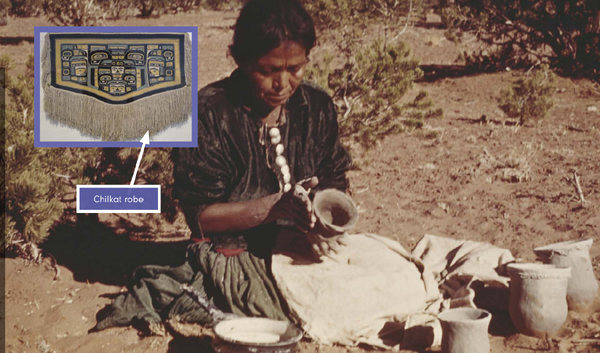 Navajo women have been making traditional pottery for hundreds of years. Women often made their tribes food, clothing, and art, and passed down songs and traditions to their children.
Navajo women have been making traditional pottery for hundreds of years. Women often made their tribes food, clothing, and art, and passed down songs and traditions to their children.
In the Chilkat tribe of the Pacific Northwest, women have made beautiful robes for centuries. This helps keep their culture alive. 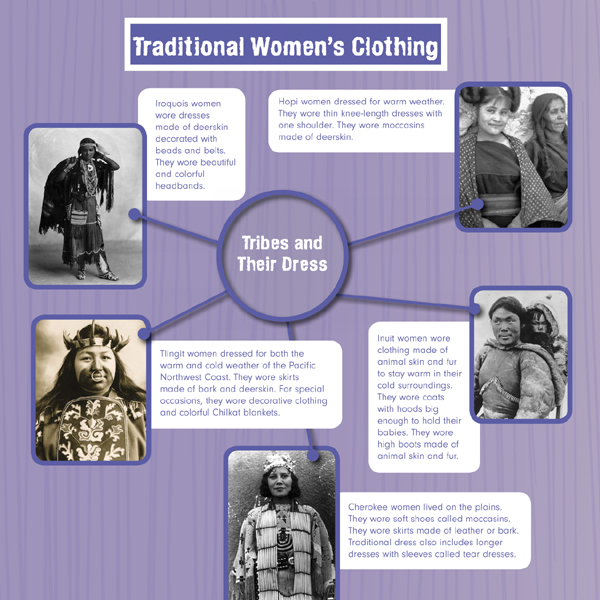 Leadership and Power FACT 5 Women ruled over the family in many tribes.
Leadership and Power FACT 5 Women ruled over the family in many tribes. 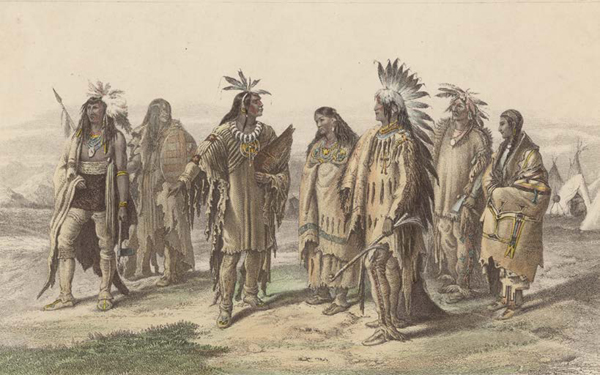 Women werent often tribe leaders, but they were wholly in charge of their home. Matrilineal tribes, such as the Iroquois, were those that traced their family line through the mothers family. In addition, when a Hopi man and woman were married, they went to live with the womans family.
Women werent often tribe leaders, but they were wholly in charge of their home. Matrilineal tribes, such as the Iroquois, were those that traced their family line through the mothers family. In addition, when a Hopi man and woman were married, they went to live with the womans family. 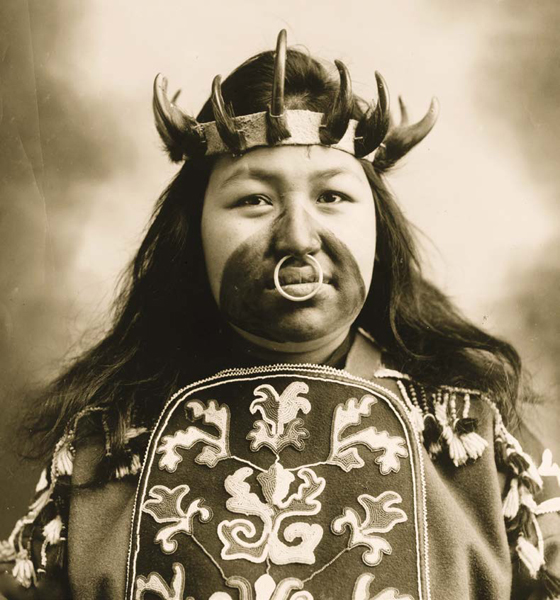 The Tlingit tribe of the Pacific Northwest and the Iroquois nation of the Northeast were both matrilineal peoples. In the Hopi culture, women owned all goods, crops, land, and homes.
The Tlingit tribe of the Pacific Northwest and the Iroquois nation of the Northeast were both matrilineal peoples. In the Hopi culture, women owned all goods, crops, land, and homes.  The Tlingit tribe of the Pacific Northwest and the Iroquois nation of the Northeast were both matrilineal peoples. In the Hopi culture, women owned all goods, crops, land, and homes.
The Tlingit tribe of the Pacific Northwest and the Iroquois nation of the Northeast were both matrilineal peoples. In the Hopi culture, women owned all goods, crops, land, and homes.
Women inherited property from their family. If a marriage ended, the woman kept all property, and the man had to leave the home with nothing. FACT 7 In some tribes, women were able to appoint their leaders. 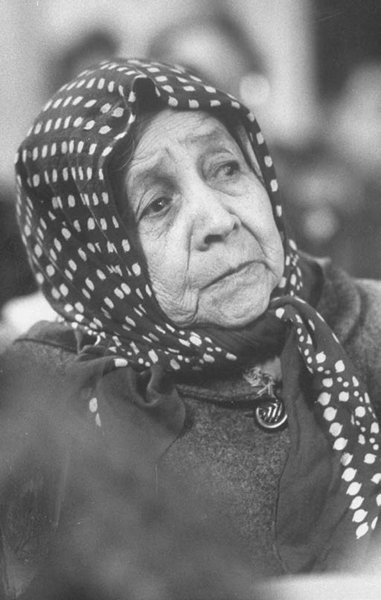 The oldest women in a clan, or family, had the most power to appoint leaders. American women didnt gain voting rights until 1920. However, Iroquois women had a voice in tribal government for hundreds of years. Colonial Times FACT 8 The real Pocahontas was kidnapped by English settlers.
The oldest women in a clan, or family, had the most power to appoint leaders. American women didnt gain voting rights until 1920. However, Iroquois women had a voice in tribal government for hundreds of years. Colonial Times FACT 8 The real Pocahontas was kidnapped by English settlers. 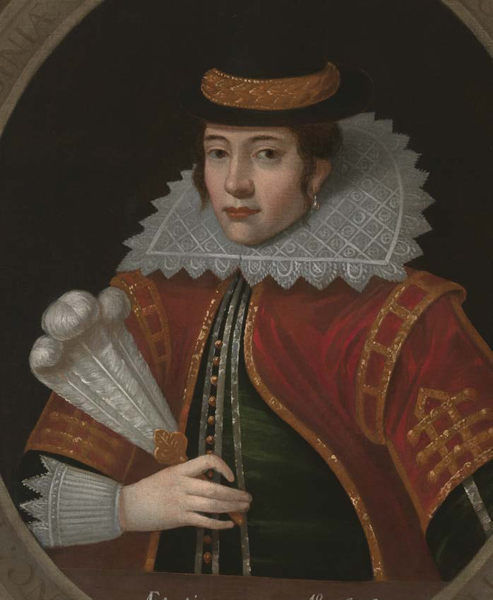 Pocahontas was the daughter of Chief Powhatan.
Pocahontas was the daughter of Chief Powhatan. 
Next page
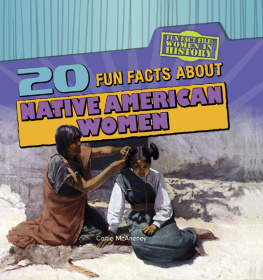





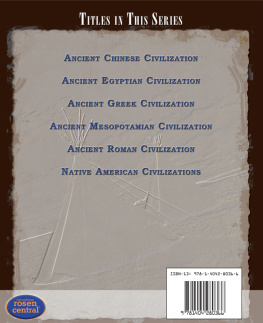
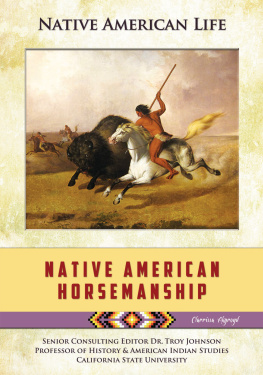

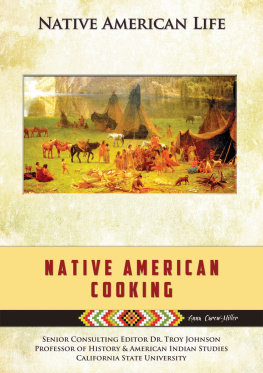
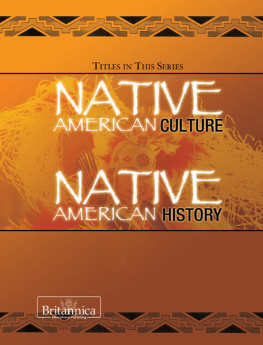

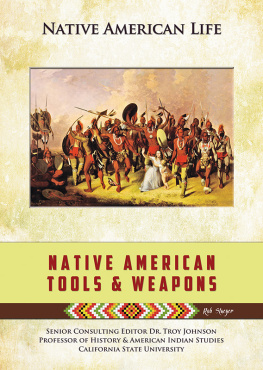
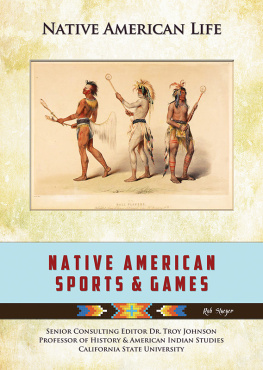
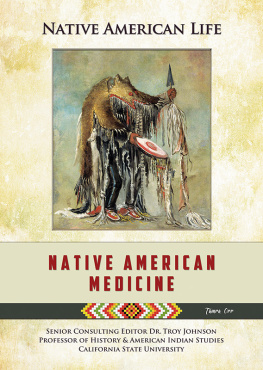
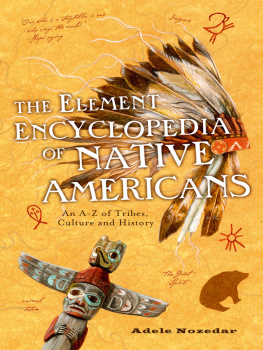
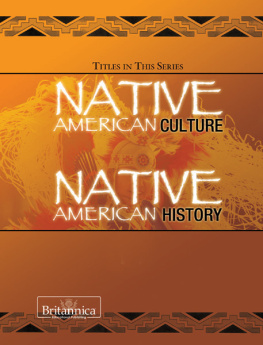
 Please visit our website, www.garethstevens.com. For a free color catalog of all our high-quality books, call toll free 1-800-542-2595 or fax 1-877-542-2596.Library of Congress Cataloging-in-Publication Data McAneney, Caitie. 20 fun facts about Native American women / Caitie McAneney. pages cm (Fun Fact File: Women in History.) Includes bibliographical references and index. ISBN 978-1-4824-2808-7 (pbk.) ISBN 978-1-4824-2809-4 (6 pack) ISBN 978-1-4824-2810-0 (library binding) 1. I. Title. Title.
Please visit our website, www.garethstevens.com. For a free color catalog of all our high-quality books, call toll free 1-800-542-2595 or fax 1-877-542-2596.Library of Congress Cataloging-in-Publication Data McAneney, Caitie. 20 fun facts about Native American women / Caitie McAneney. pages cm (Fun Fact File: Women in History.) Includes bibliographical references and index. ISBN 978-1-4824-2808-7 (pbk.) ISBN 978-1-4824-2809-4 (6 pack) ISBN 978-1-4824-2810-0 (library binding) 1. I. Title. Title. Most Native American women dont live like they used to. However, they keep their culture, or way of life, alive by practicing their traditions.Traditional Roles FACT 1 Native American women built their own homes.
Most Native American women dont live like they used to. However, they keep their culture, or way of life, alive by practicing their traditions.Traditional Roles FACT 1 Native American women built their own homes.  This dwelling with an arched roof was built to look like a Powhatan yehakin. Women of the Powhatan tribe were in charge of building houses called yehakins.
This dwelling with an arched roof was built to look like a Powhatan yehakin. Women of the Powhatan tribe were in charge of building houses called yehakins. Great Plains tribes relied on buffalo for food, clothes, shelter, and tools. As the men of the tribe hunted and killed buffalo for food and clothing, the women helped set up tepees and tear apart the meat of the buffalo. They sometimes carried the meat back to their village, too. FACT 3 Not all medicine men were men.
Great Plains tribes relied on buffalo for food, clothes, shelter, and tools. As the men of the tribe hunted and killed buffalo for food and clothing, the women helped set up tepees and tear apart the meat of the buffalo. They sometimes carried the meat back to their village, too. FACT 3 Not all medicine men were men. In traditional Native American culture, women were believed to have special healing powers. Women were often considered healers in their tribe. They knew traditional ways of healing, which were passed down. Women collected plants to make medicines. They especially helped with childbirth. FACT 4 Women were often the keepers of culture in their tribe.
In traditional Native American culture, women were believed to have special healing powers. Women were often considered healers in their tribe. They knew traditional ways of healing, which were passed down. Women collected plants to make medicines. They especially helped with childbirth. FACT 4 Women were often the keepers of culture in their tribe.  Navajo women have been making traditional pottery for hundreds of years. Women often made their tribes food, clothing, and art, and passed down songs and traditions to their children.
Navajo women have been making traditional pottery for hundreds of years. Women often made their tribes food, clothing, and art, and passed down songs and traditions to their children. Leadership and Power FACT 5 Women ruled over the family in many tribes.
Leadership and Power FACT 5 Women ruled over the family in many tribes.  Women werent often tribe leaders, but they were wholly in charge of their home. Matrilineal tribes, such as the Iroquois, were those that traced their family line through the mothers family. In addition, when a Hopi man and woman were married, they went to live with the womans family.
Women werent often tribe leaders, but they were wholly in charge of their home. Matrilineal tribes, such as the Iroquois, were those that traced their family line through the mothers family. In addition, when a Hopi man and woman were married, they went to live with the womans family.  The Tlingit tribe of the Pacific Northwest and the Iroquois nation of the Northeast were both matrilineal peoples. In the Hopi culture, women owned all goods, crops, land, and homes.
The Tlingit tribe of the Pacific Northwest and the Iroquois nation of the Northeast were both matrilineal peoples. In the Hopi culture, women owned all goods, crops, land, and homes.  The oldest women in a clan, or family, had the most power to appoint leaders. American women didnt gain voting rights until 1920. However, Iroquois women had a voice in tribal government for hundreds of years. Colonial Times FACT 8 The real Pocahontas was kidnapped by English settlers.
The oldest women in a clan, or family, had the most power to appoint leaders. American women didnt gain voting rights until 1920. However, Iroquois women had a voice in tribal government for hundreds of years. Colonial Times FACT 8 The real Pocahontas was kidnapped by English settlers.  Pocahontas was the daughter of Chief Powhatan.
Pocahontas was the daughter of Chief Powhatan.